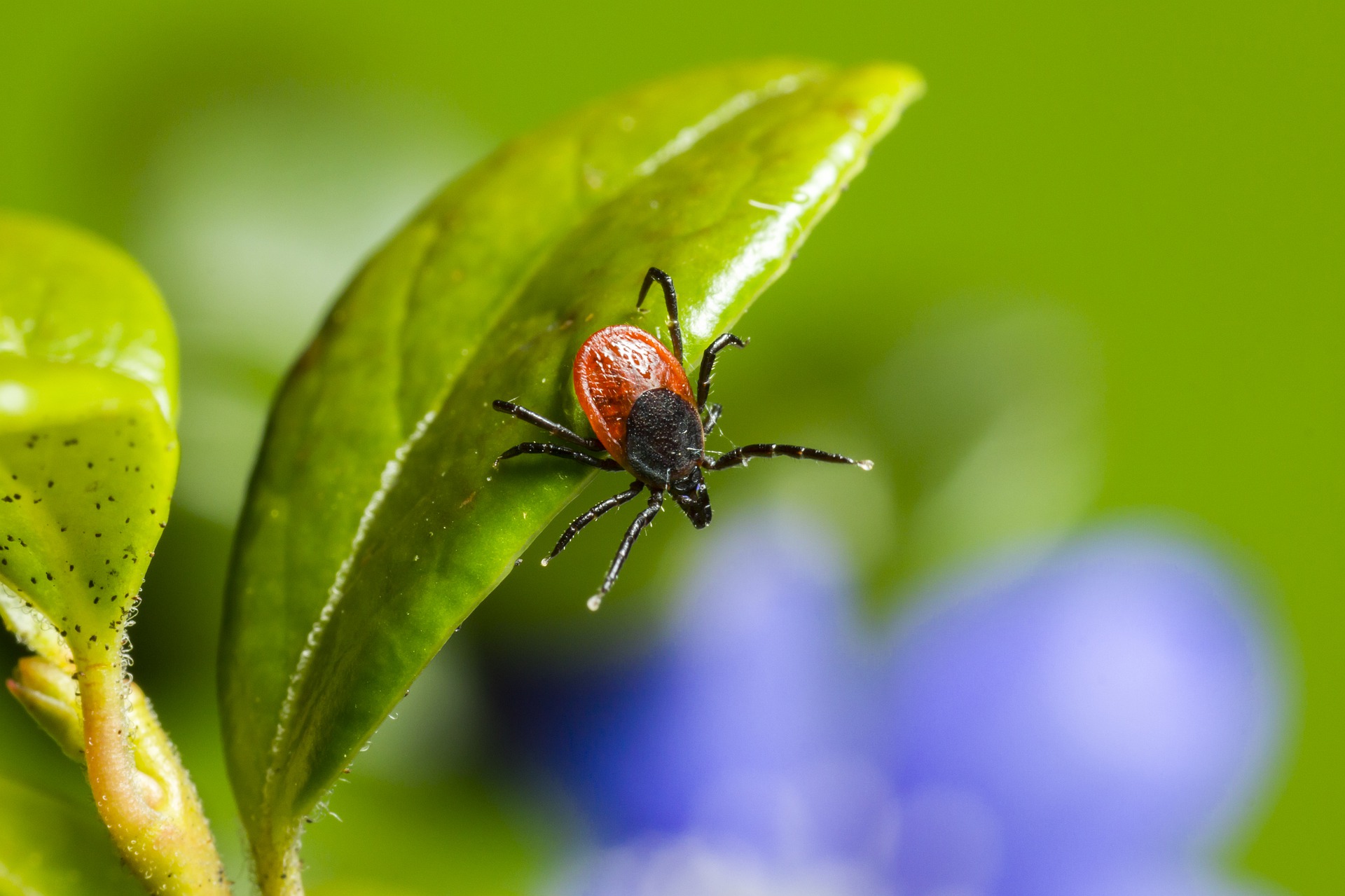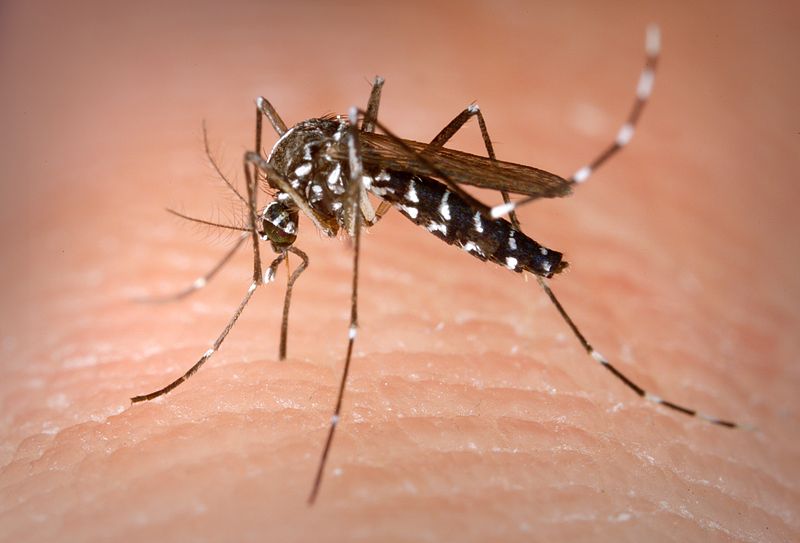Climate change can cause the emergence of new dangerous tick species in Hungary

In terms of spreading pathogens, ticks and mosquitos represent the most serious sources of danger. Concerning environmental factors that influence tick distribution, mild winters and climate change provide increasingly optimal living conditions for native species and allow the future establishment of new tick species transported by migratory birds from even larger distances. As in the case of mosquitoes, we have to take into account the possibility of the spread of new diseases. New tick species are expected to appear in Hungary, mainly as a result of climate change. Currently, three species are expected to emerge and spread.
Nine years and many thousands of eggs laid
These blood-sucking members of the arachnid family spread many pathogens by feeding on the blood of humans, terrestrial mammals, birds or reptiles. 20−30 native species live in Hungary; the most common one is the castor-bean tick (Ixodes ricinus), 24 reported.
According to the Emerging Diseases in Hungary (Újonnan Megjelenő Betegségek Magyarországon) published by the Hungarian Ecological Research Centre, ticks have three life stages: larva, nymph and adult.
They spend about 90% of their lives without a host, and they can survive for months or even years without feeding. Their life cycle can last up to 8−9 years, and their typical habitats (depending on the species) include deciduous forests, clearings, transitional areas between woodlands and open areas, forests with lush undergrowth, parks and even gardens.
Concerning their feeding, larvae feed for 2−3 days, mainly on birds or mice, and nymphs often seek larger hosts. Adult females feed for 6−12 days after mating and swell to twice their standard size. Then they drop off and lay thousands of eggs.
New species appearing in Hungary
Ecologists expect the emergence and spread of new tick species in Hungary, such as Hyalomma marginatum, Hyalomma rufipes and Rhipicephalus sanguineus.
Hyalomma marginatum is a species native to tropical and Mediterranean countries, and it has already been identified in Germany. Hyalomma rufipes is the most widespread Hyalomma species in Africa, and its adult specimens have been detected in Hungary. Rhipicephalus sanguineus is commonly known as dog tick.
Most well-known pathogens
Ticks can transmit several infections caused by pathogens such as viruses or bacteria. The spectrum of tick-borne pathogens include the followings:
Viruses:
Crimean-Congo haemorrhagic fever (CCHF)
tick-borne encephalitis
Bacteria:
Borrelia burgdorferi sensu lato, the agent of lyme borreliosis
Borrelia myiamotoi
Anaplasma species
Rickettsia species
Neoehrlichia species
Ticks belonging to the Hyalomma species are the most common vectors of Crimean-Congo haemorrhagic fever. Based on hospital data, fatality rates from CCHF outbreaks are between 9 and 50% and vaccination is not available yet.
For prevention, it is advisable to avoid areas with high numbers of ticks that could potentially spread the virus. Symptoms may include headache, fever, muscle pains and vomiting. It also has to be noted that growing tourism and global animal transport also contribute to the spread of the virus. In Hungary, CCHF was first isolated in 1972.
Source: 24.hu



